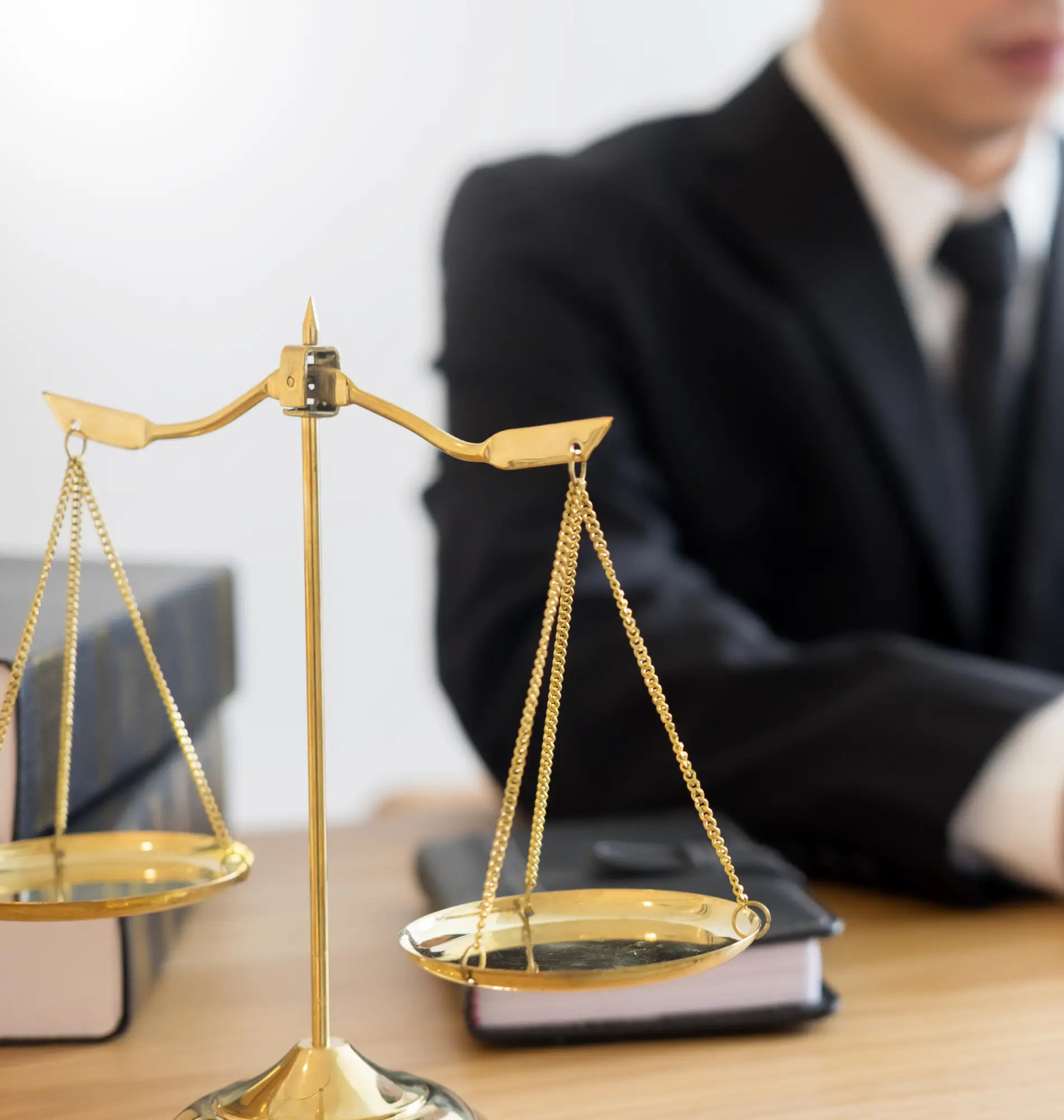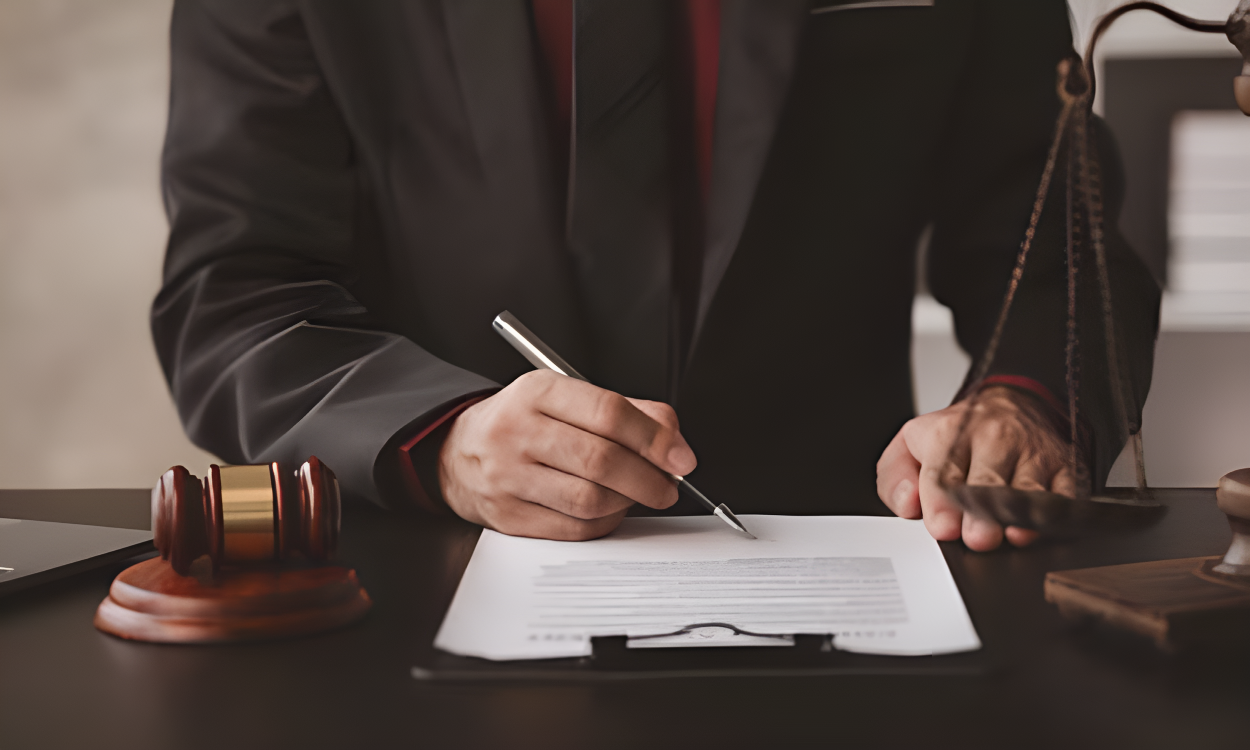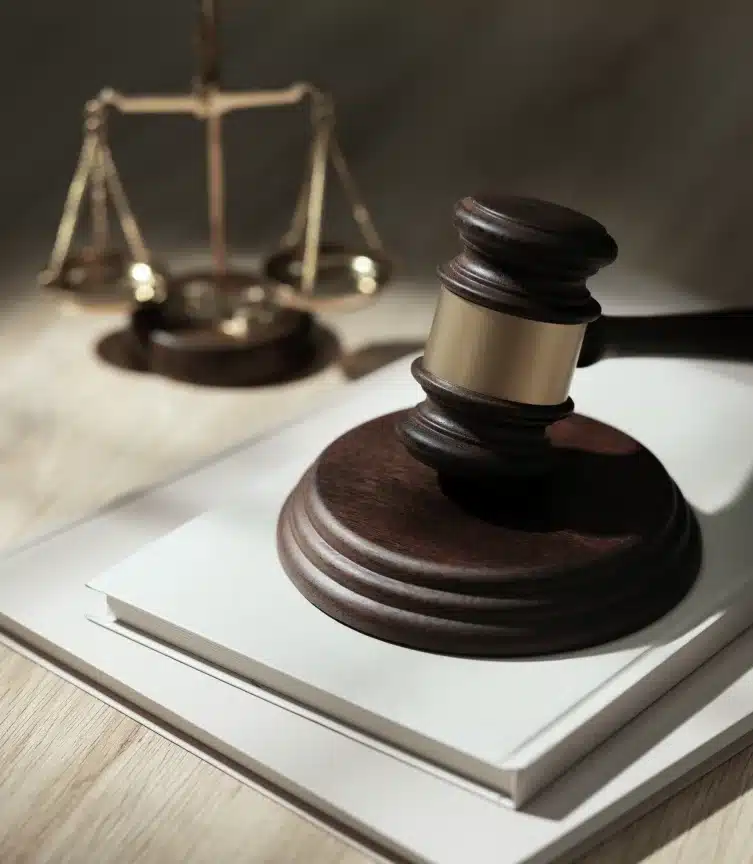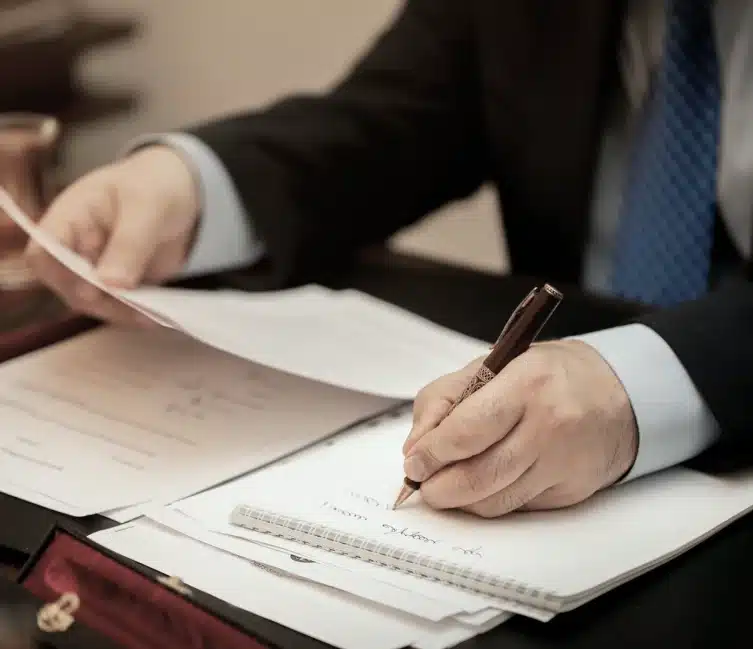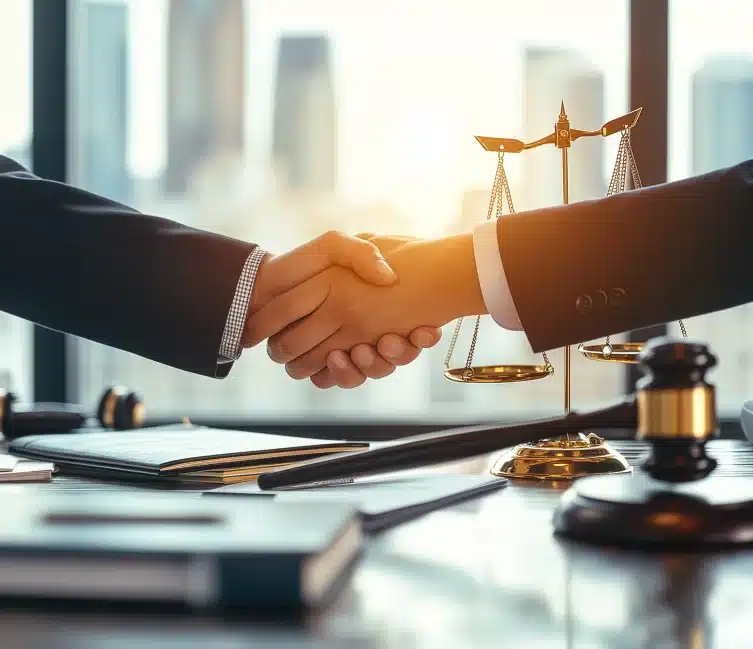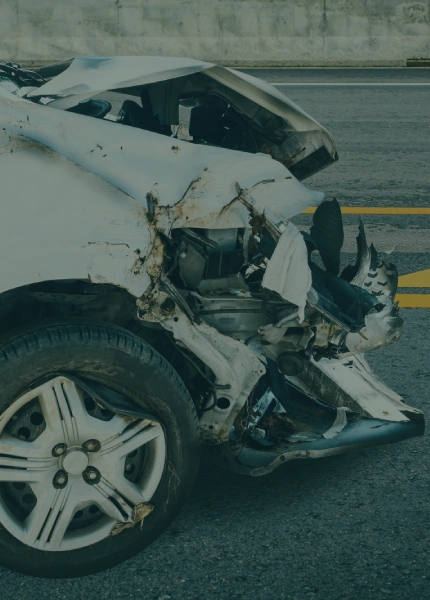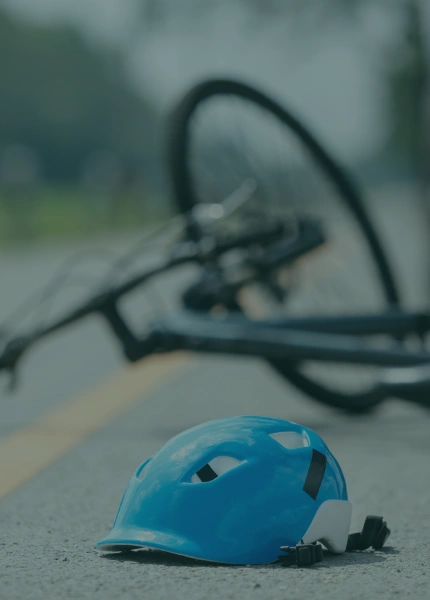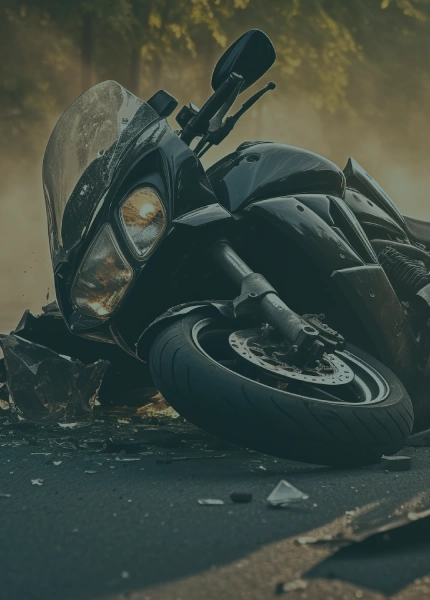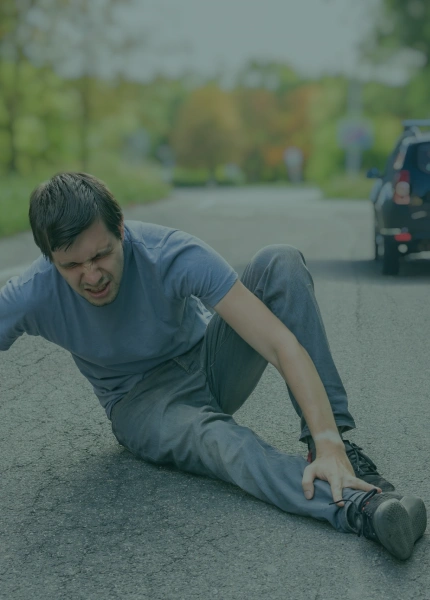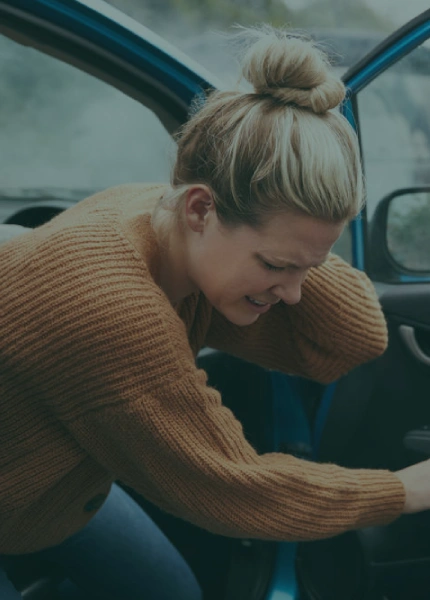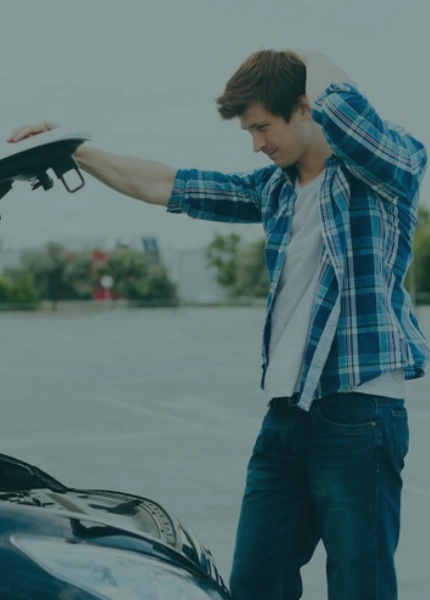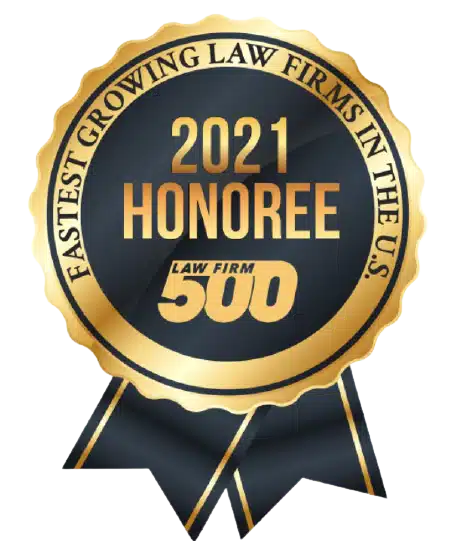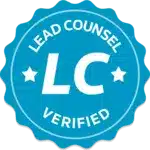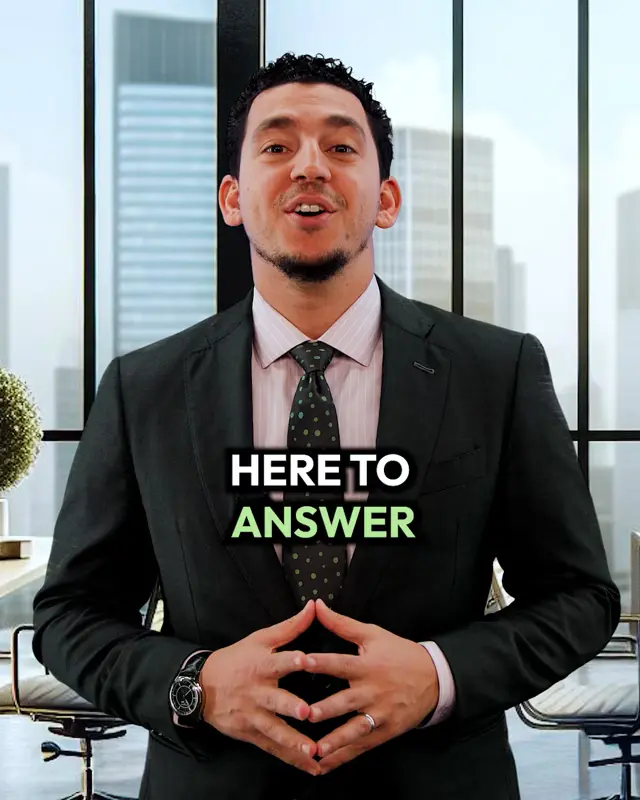It’s important to understand that you may still have a potential claim even if your injury or accident doesn’t fit neatly into one of these categories. Still, these are some common situations that often lead to personal injury claims:
Motor Vehicle Accidents
This is often the first thing that comes to mind when someone thinks about personal injury law. Although it’s certainly not the only type of personal injury, motor vehicle accidents are a highly prevalent cause of injury and death, so this is one of the categories we see more frequently.
Traffic accidents go beyond car collisions as well. Some cases involve crashes with semi trucks, buses, RVs, motorcycles, or a bicyclist or pedestrian hit by a larger vehicle. If you were injured on a highway, chances are your case falls into the motor vehicle accidents category.
Most people involved in car accidents have at least the required car insurance coverage. However, there are still several possible obstacles to obtaining the settlement you deserve for your car accident:
Disagreements about who is at fault. Remember that not every car accident is entirely one driver’s fault. But, as we discussed earlier, the insurance adjusters working on your case could overestimate your portion of culpability, or they might assign some of the blame to you when you did nothing wrong. The most effective way to ensure a fair assessment of fault is to speak with a personal injury lawyer as soon as possible.
Undervaluation of your claim. Sometimes, people think their problems are over when they receive a settlement offer from the insurance company. The potential issue is that the insurance adjuster may have offered them much less than the claim is worth—this is common with first offers. Because it’s difficult to value your own claim and ensure all your damages are accounted for (including future medical costs, pain and suffering, etc.), we recommend consulting an attorney before accepting any offer. An experienced personal injury lawyer will review your injuries and their effects on your life and help you determine a fair valuation for your claim, then compare it to the insurance company’s offer. If it’s insufficient, we can also negotiate with the insurer for a better deal.
Inadequate insurance coverage. There are multiple issues with the amount of coverage available: The at-fault driver may be completely uninsured; the at-fault driver could have insurance but not enough to cover all your damages; you may not have enough insurance coverage to compensate for the at-fault driver’s insufficient coverage. Although we will make every effort to recover damages from the at-fault driver and/or their insurance company, we still advise adding extra coverage to your policy in case of situations where this isn’t possible.
South Carolina requires uninsured/underinsured motorist coverage (UM/UI) equal to the required amounts for liability coverage—$25,000 per person in bodily injury liability ($50,000 per accident) and $25,000 for property damage. However, you can purchase more coverage, and this is highly recommended. If you’re in a serious accident with an uninsured or underinsured driver, UM/UI may be your only option for recovering damages.
Additionally, we recommend Medical Payments (MedPay), Collision, and Comprehensive coverage, although the state does not require these policies. MedPay will cover your medical expenses for car accident injuries regardless of fault, which is beneficial when there isn’t enough evidence to prove another driver was responsible. Collision coverage pays for car repairs no matter who is at fault. Comprehensive deals with vehicle damage not caused by collisions with other drivers—for example, damage from weather, theft, vandalism, acts of nature, etc.
Boating Accidents
With more than 187 miles of coastline, South Carolina has many opportunities for boating and other water or beach activities. Unfortunately, not everyone follows local regulations or safe boating practices. In 2022, the state saw 170 boating accidents, including 22 fatalities.
Assigning fault in a boating accident can be complicated as multiple parties may have caused or contributed to the accident:
- The boat’s captain or operator.
- The boat’s owner. If the boat crashed due to a lack of proper maintenance, the owner may be at fault.
- The captain or operator of another watercraft that hit yours.
- The boat manufacturer. This is possible if a defect in the boat or one of its components causes it to malfunction and crash.
- A service company. If we find evidence the service worker made a mistake, such as installing a component incorrectly, and that error led to the accident, the company could be responsible.
- Passengers. Usually, passengers are not responsible for boating accidents, but occasionally, we see situations where a passenger tries to grab the boat’s controls or knocks another passenger overboard while horsing around.
Boat insurance is not required in South Carolina, but boats aren’t cheap, and most people will choose to protect their investments with insurance. Often, there is a liability policy available if the boat owner is at fault or if a defective product or service caused the accident. Your attorney will help you establish culpability and identify the insurance coverage available.
Other Recreational Vehicles
Golf carts, ATVs, and other small, low-speed vehicles are popular for outdoor activities in South Carolina. Unfortunately, their low speeds don’t always prevent accidents or injuries. As with boat accidents, there are multiple potentially liable parties in these situations, and you shouldn’t assume you know who is at fault. If you’ve been hurt in a recreational vehicle accident, please speak with an experienced attorney to learn more about your options.
Property Owner Liability
Sometimes called “premises liability,” this category includes accidents or injuries on either public or private property due to the owner’s negligence. Slip-and-fall or trip-and-fall accidents are very prevalent, but there are other ways to be injured on another party’s property. Falling objects, pool accidents, and negligent security are other examples of premises liability.
The key to these cases is establishing that the owner knew or should have known about a hazard and failed to correct the problem or warn guests away. For instance, if you slip and fall on a puddle caused by a leaky roof at your local pizza restaurant, we will work to learn more about how long the roof has been leaking. If several employees tell us the leak began months ago and the owner is trying to find someone to fix it, the restaurant may be negligent. It’s not necessarily their fault if all the local roofers are currently booked, but in the meantime, the restaurant has a responsibility to warn guests about the potential hazard. For example, they could place a bucket to collect the water and a “Wet Floor” sign to attract guests’ attention to the hazard. If they fail to take even these simple steps, the restaurant could be negligent.
Negligent security cases usually involve situations where the property owner should have anticipated a potential threat and arranged for reasonable security measures. Often, this is related to previous crimes in the neighborhood, at the location, or basic safety measures for the industry. One example would be if you were mugged in the parking lot of a clothing store, and we learned that there had been several other muggings reported recently at nearby stores. A reasonable store owner might improve security by fixing broken lights in the parking lot, adding security cameras, etc. If they didn’t respond to the threat with some effort to keep shoppers safe, they might be negligent.
What Is An Attractive Nuisance?
Attractive nuisances are objects or hazards that are not inherently dangerous to everyone but could threaten small children who haven’t yet learned to appreciate the risks. Some examples might be a swimming pool, a rusted swing set, or a collection of old washers and dryers in a backyard.
In most other premises liability cases, a property owner’s duty to trespassers or those who are on the property illegally is only to refrain from willfully harming them. The owner has no duty to fix or warn about a hazard if they are not expecting guests.
However, there are sometimes exceptions when it comes to children—again, because a child may not know what they’re doing or understand the threat. Suppose the property owner knows that children might trespass on the property due to the location, and they have reason to believe the object or condition could be hazardous to a child. In that case, they have a duty to prevent children from accessing the hazard. For instance, if you have a pool in your backyard, and you know your next-door neighbors have several small children, you might consider erecting a backyard fence so a toddler can’t accidentally fall in the pool and drown.
If your children were harmed by an object or condition that you believe was an “attractive nuisance,” we encourage you to speak with an attorney to learn more.





